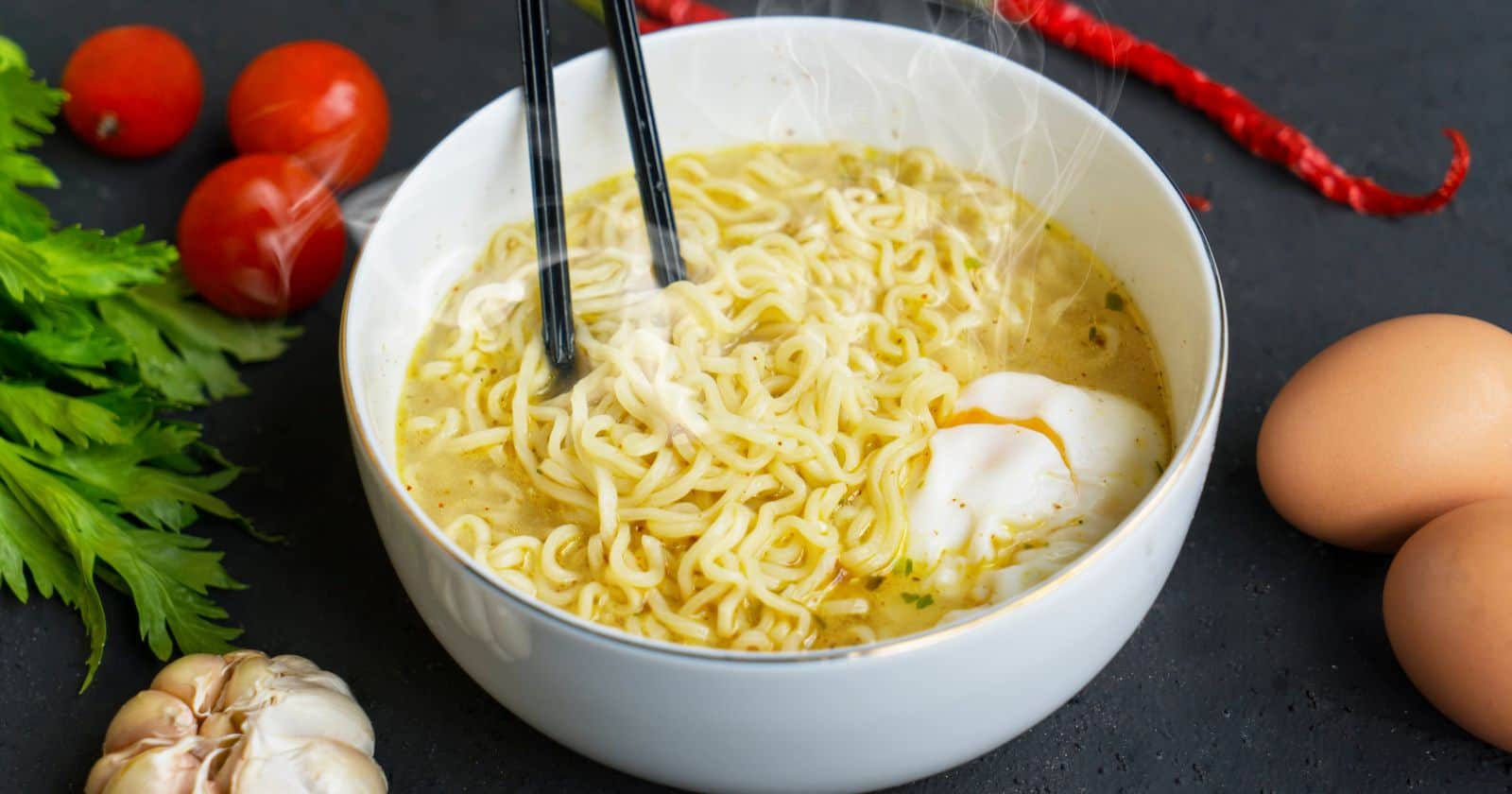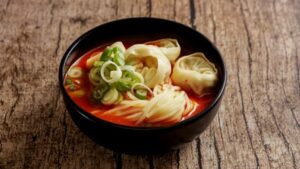Ramen noodles have become all the rage, popping up on menus at restaurants everywhere. But you don’t have to go out to enjoy an amazing bowl of ramen – you can make it at home. The key is perfecting fresh ramen noodles.
Getting the right tender yet chewy texture for fresh ramen noodles requires precision with cooking times and techniques. The general rule is that fresh ramen noodles only need 1 minute of cooking time. However, it’s important to still check the label directions on the specific noodles you are using to confirm the ideal cooking time.
Follow the tips in this article to become a ramen noodle pro. You’ll learn how to choose the best noodles, boil them properly, lock in flavor, store noodles correctly, and troubleshoot any issues.
With this knowledge, you’ll be able to achieve springy, delicious fresh ramen noodles at home that are just as good as your favorite restaurant. So get ready to enjoy sensational bowls of homemade ramen!
Cooking Fresh Ramen Noodles 101
Perfectly cooked fresh ramen noodles should have a delicate, springy texture and lovely pale yellow color. Here is a simple process for ramen noodle brilliance:
- Bring a large pot of water to a rolling boil. Use filtered water for best results.
- Add noodles to vigorously boiling water. Don’t overcrowd the pot.
- Start timing immediately. Cook for just 1 minute for fresh noodles.
- Drain noodles, then rinse under cold water to stop the cooking process.
- Add noodles to piping hot broth. Slurp and enjoy!
Key tips:
- Always start timing as soon as noodles hit the water. Overcooking by even 30 seconds can ruin the texture.
- 1 minute is sufficient cooking time for most fresh noodles. But check label directions to be sure.
- Cold water rinse is crucial to halt cooking, so noodles don’t get mushy.
Choosing the Right Noodle Type
Ramen noodles come in a rainbow of shapes, sizes and textures. Pick noodles suited to your broth and toppings for an optimal noodle experience.
Thin, straight noodles: Great in clear, delicate broths like shoyu. Example: Hakata-style.
Thick, curly noodles: Stand up well to hearty, rich broths like tonkatsu. Example: Nagoya-style.
Wavy noodles: Excellent match for thick miso broth. Example: Sapporo-style.
Fresh noodles: Chewy texture and pale yellow color. Use for authentic ramen.
Dried or instant noodles: Softer, absorb more broth. Better for stir fries.
Japanese noodle brands: Top choice for elasticity and quality.
Maximizing Flavor With Broth and Toppings
Flavorful broth and topping combinations make ramen magical. Some sensational pairings include:
- Shoyu ramen: Clear chicken or vegetable broth, cha shu pork, green onions
- Miso ramen: Hearty miso broth, sweet corn, bean sprouts, ground pork
- Tonkotsu ramen: Creamy pork broth, braised pork belly, wood ear mushrooms
- Spicy ramen: Chili oil, ground beef, garlic, bok choy, chili threads
- Veggie ramen: Mushroom broth, baby spinach, carrot, tofu, ginger
Toppings like marinated eggs, nori, bamboo shoots and scallions can enhance any ramen. Feel free to get creative!
Perfecting Your Broth With Water Temperature
Getting the water temperature right is key to coaxing maximum flavor from ramen broth. Here’s the science behind why:
- Adding salt raises water’s boiling point slightly. More salt = higher temperature.
- For each kilogram of water, 58g salt increases boiling point by 0.5°C.
- Higher temperature allows more extraction of flavors from broth ingredients.
For ideal broth, add at least 10g salt per liter of water. Mix until fully dissolved before adding broth components and noodles. Then keep the broth at a low simmer to extract flavors.
Storing Ramen Noodles
Fresh ramen noodles are perishable. Follow these storage tips to enjoy noodles at peak quality:
- Keep unopened packages at room temperature in a cool, dry spot.
- Once opened, transfer unused noodles to an airtight container in the fridge.
- Consume refrigerated fresh noodles within 3-4 days.
- For longer storage, double wrap noodles and freeze for 1-2 months.
Proper storage preserves taste and texture. But if noodles smell odd or appear slimy, err on the safe side and throw them out.
Troubleshooting Common Ramen Mishaps
Having ramen woes? Here are some quick fixes:
Mushy noodles: Don’t overcook. Follow package time and test doneness early. Rinse noodles after draining.
Tough, gummy noodles: Ensure water is truly boiling before adding. Cook for full recommended time.
Bland broth: Dissolve broth powder or base in hot water first for full flavor. Add chili oil or garlic for punch.
Stuck noodles: Don’t crowd pot. Rinse drained noodles with cold water before adding broth.
Spoiled noodles: Store opened packages in fridge up to 4 days. Discard if smell bad or slimy.
Achieving Ramen Greatness
Perfectly cooked, springy noodles in a mouthwatering homemade broth – ramen bliss is within your reach! With the right techniques, you can orchestrate a ramen masterpiece in your own kitchen.
Choose quality fresh noodles and flavor-packed broth ingredients. Then use the tips in this article to take your ramen game to the next level. Soon you’ll be enjoying restaurant-worthy bowls of noodle nirvana. Get slurping!





